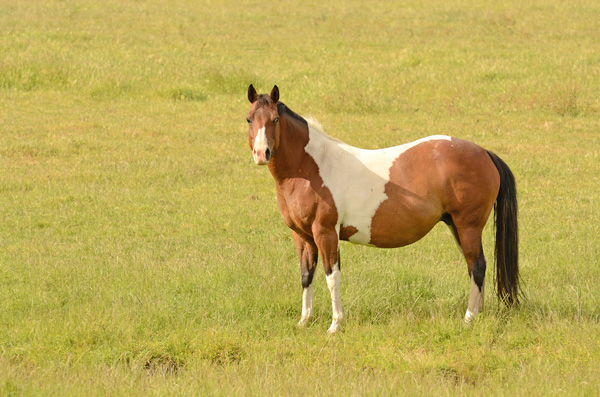
The following article is courtesy of the nutrition experts at Kentucky Equine Research.
A diet based on forage and boosted by a fortified feed product should provide all the nutrients necessary for health in most horses.
While forage can supply the majority of an idle horse’s nutritional requirements, horses in some situations may need a supplement source of nutrition that increases the intake of some trace minerals in a highly bioavailable form. Pregnant mares, exercised horses, equines recovering from disease or injury, and those with poor coat or hoof quality can often benefit from supplementary minerals such as zinc and copper. Chelated forms of minerals—those in which the mineral is bound to an amino acid—are absorbed most easily and are the best choice for delivering a nutrient to the body structure where it is needed. Chelated minerals are also referred to as organic forms of minerals.
Zinc deficiency has resulted in reduced insulin levels and reduced glucose tolerance along with increased insulin resistance. A study conducted in Japan revealed that horses consuming diets low in zinc and copper were more likely to have white line disease than horses supplemented with higher levels of trace minerals.
In another study evaluating the effect of trace mineral intake on horse hair, scientists at Wroclaw University in Poland conducted research using organic zinc and copper. Using 18 Thoroughbred horses in a trial lasting 110 days, the researchers divided the horses into three groups. Horses in the first group were given a feed supplement that contained organic minerals and those in the second group were given the same supplement with inorganic minerals. Horses in the third group were not given a supplement. All horses were also fed oats and hay.
There were no significant changes in the mane hairs of horses in the group that did not receive a supplement. Horses that were given the organic minerals had slightly thinner hairs that showed improved strength, while horses that got inorganic minerals had mane hairs that were thicker, but not as strong. Elasticity of the hairs was improved in groups that were given the mineral supplement containing either organic or inorganic forms.
Most commercial feeds contain proper amounts and ratios of trace minerals for the horses for which the feeds have been designed. Horses also get minerals from grass and hay. Before adding mineral supplements of any kind, have your ration analyzed for mineral content and seek the advice of an equine nutritionist.


